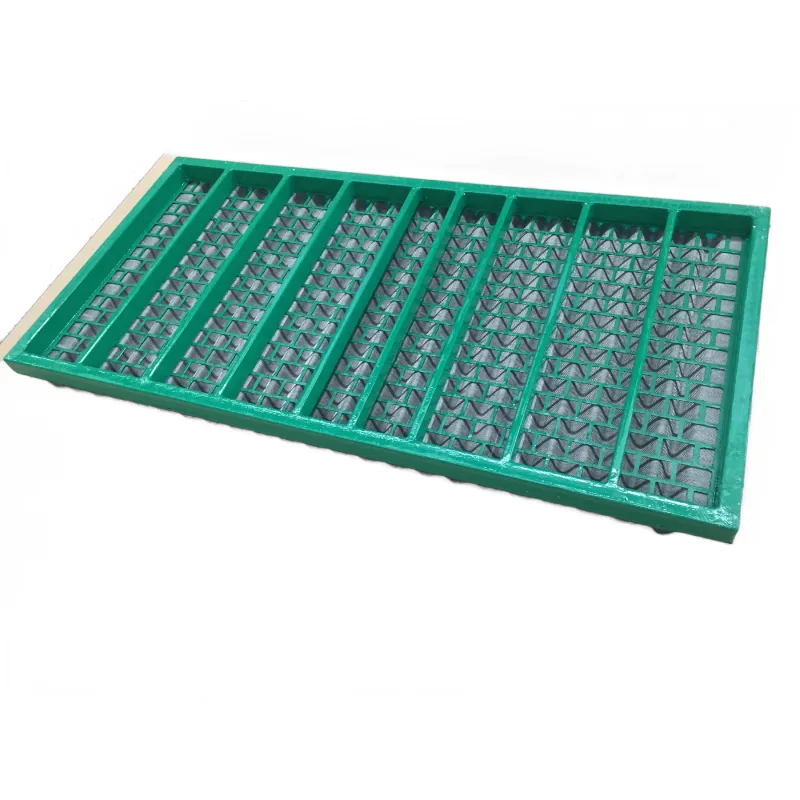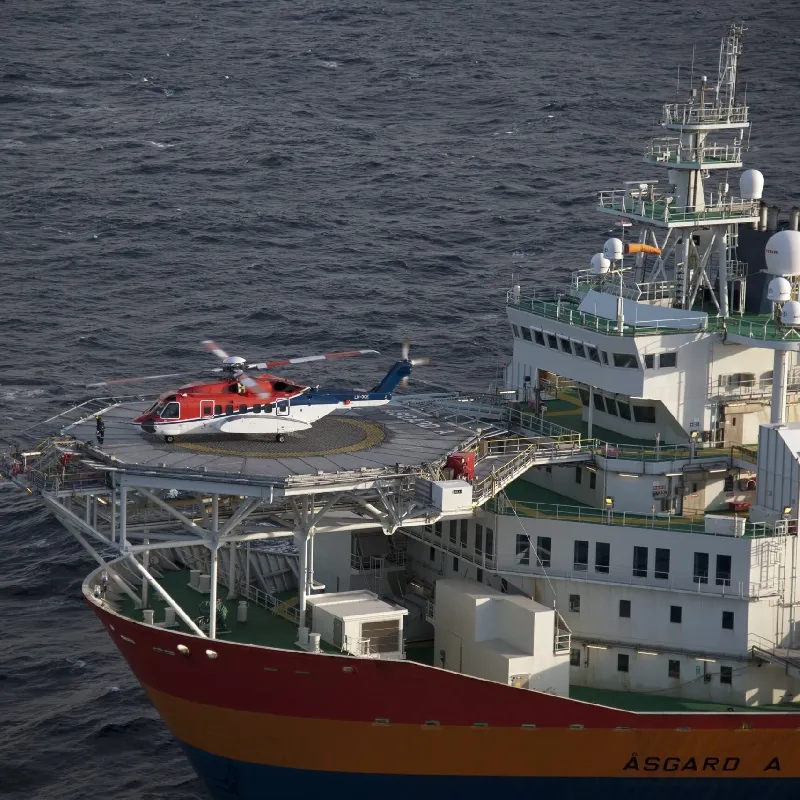- Industrial zone, South of Anping Town, Hengshui, Hebei, China.
- sales@hfpetromesh.com
- +86-18931809706
 Afrikaans
Afrikaans  Albanian
Albanian  Amharic
Amharic  Arabic
Arabic  Armenian
Armenian  Azerbaijani
Azerbaijani  Basque
Basque  Belarusian
Belarusian  Bengali
Bengali  Bosnian
Bosnian  Bulgarian
Bulgarian  Catalan
Catalan  Cebuano
Cebuano  Corsican
Corsican  Croatian
Croatian  Czech
Czech  Danish
Danish  Dutch
Dutch  English
English  Esperanto
Esperanto  Estonian
Estonian  Finnish
Finnish  French
French  Frisian
Frisian  Galician
Galician  Georgian
Georgian  German
German  Greek
Greek  Gujarati
Gujarati  Haitian Creole
Haitian Creole  hausa
hausa  hawaiian
hawaiian  Hebrew
Hebrew  Hindi
Hindi  Miao
Miao  Hungarian
Hungarian  Icelandic
Icelandic  igbo
igbo  Indonesian
Indonesian  irish
irish  Italian
Italian  Japanese
Japanese  Javanese
Javanese  Kannada
Kannada  kazakh
kazakh  Khmer
Khmer  Rwandese
Rwandese  Korean
Korean  Kurdish
Kurdish  Kyrgyz
Kyrgyz  Lao
Lao  Latin
Latin  Latvian
Latvian  Lithuanian
Lithuanian  Luxembourgish
Luxembourgish  Macedonian
Macedonian  Malgashi
Malgashi  Malay
Malay  Malayalam
Malayalam  Maltese
Maltese  Maori
Maori  Marathi
Marathi  Mongolian
Mongolian  Myanmar
Myanmar  Nepali
Nepali  Norwegian
Norwegian  Norwegian
Norwegian  Occitan
Occitan  Pashto
Pashto  Persian
Persian  Polish
Polish  Portuguese
Portuguese  Punjabi
Punjabi  Romanian
Romanian  Russian
Russian  Samoan
Samoan  Scottish Gaelic
Scottish Gaelic  Serbian
Serbian  Sesotho
Sesotho  Shona
Shona  Sindhi
Sindhi  Sinhala
Sinhala  Slovak
Slovak  Slovenian
Slovenian  Somali
Somali  Spanish
Spanish  Sundanese
Sundanese  Swahili
Swahili  Swedish
Swedish  Tagalog
Tagalog  Tajik
Tajik  Tamil
Tamil  Tatar
Tatar  Telugu
Telugu  Thai
Thai  Turkish
Turkish  Turkmen
Turkmen  Ukrainian
Ukrainian  Urdu
Urdu  Uighur
Uighur  Uzbek
Uzbek  Vietnamese
Vietnamese  Welsh
Welsh  Bantu
Bantu  Yiddish
Yiddish  Yoruba
Yoruba  Zulu
Zulu
- Afrikaans
- Albanian
- Amharic
- Arabic
- Armenian
- Azerbaijani
- Basque
- Belarusian
- Bengali
- Bosnian
- Bulgarian
- Catalan
- Cebuano
- Corsican
- Croatian
- Czech
- Danish
- Dutch
- English
- Esperanto
- Estonian
- Finnish
- French
- Frisian
- Galician
- Georgian
- German
- Greek
- Gujarati
- Haitian Creole
- hausa
- hawaiian
- Hebrew
- Hindi
- Miao
- Hungarian
- Icelandic
- igbo
- Indonesian
- irish
- Italian
- Japanese
- Javanese
- Kannada
- kazakh
- Khmer
- Rwandese
- Korean
- Kurdish
- Kyrgyz
- Lao
- Latin
- Latvian
- Lithuanian
- Luxembourgish
- Macedonian
- Malgashi
- Malay
- Malayalam
- Maltese
- Maori
- Marathi
- Mongolian
- Myanmar
- Nepali
- Norwegian
- Norwegian
- Occitan
- Pashto
- Persian
- Polish
- Portuguese
- Punjabi
- Romanian
- Russian
- Samoan
- Scottish Gaelic
- Serbian
- Sesotho
- Shona
- Sindhi
- Sinhala
- Slovak
- Slovenian
- Somali
- Spanish
- Sundanese
- Swahili
- Swedish
- Tagalog
- Tajik
- Tamil
- Tatar
- Telugu
- Thai
- Turkish
- Turkmen
- Ukrainian
- Urdu
- Uighur
- Uzbek
- Vietnamese
- Welsh
- Bantu
- Yiddish
- Yoruba
- Zulu
Concrete Weight Coating Pipe Durable Corrosion Protection & Stability
- Industry context & product definition
- Material composition breakdown
- Technical performance metrics
- Manufacturer capability analysis
- Engineering customization process
- Project implementation casebook
- Future development outlook

(concrete weight coating pipe)
Understanding Concrete Weight Coating Pipe Fundamentals
Modern pipeline systems require concrete weight coating pipe
s to maintain structural stability in demanding environments. These composite solutions combine high-density concrete matrices with steel reinforcement, delivering 23% greater compression resistance than traditional asphalt coatings according to ASTM C39 tests. The integrated concrete weight coating mesh reinforcement typically uses 8-12mm steel rods spaced at 150±5mm intervals.
Material Architecture and Performance Parameters
Three-layer construction defines premium coatings:
- Base corrosion layer (1.5-3mm epoxy fusion-bonded)
- Concrete matrix (40-60mm thickness, 2,400kg/m³ density)
- Protective outer wrap (HDPE or composite polymer)
Field testing shows 98.7% cathodic protection effectiveness when using galvanized concrete weight coating pipe mesh compared to 92.4% with standard rebar.
Engineering Specifications and Stress Analysis
| Parameter | Offshore Standard | Desert Grade | Arctic Class |
|---|---|---|---|
| Compressive Strength | 65 MPa | 70 MPa | 80 MPa |
| Temperature Range | -20°C to 45°C | -10°C to 65°C | -50°C to 30°C |
| Coating Adhesion | 4.2 N/mm² | 4.5 N/mm² | 5.1 N/mm² |
Manufacturing Capacity Comparison
Leading suppliers demonstrate distinct capabilities:
- Vendor A: 8km/month production capacity, DNV certification
- Vendor B: 15km automated lines, real-time thickness monitoring
- Vendor C: Specialty in 90° bend sections, 72-hour curing process
Customized Pipeline Solutions
Project-specific adaptations include:
- Adjustable concrete density (2,200-2,800kg/m³)
- Mesh geometry optimization (hexagonal vs rectangular patterns)
- Anti-vortex outer texturing for submerged applications
Global Implementation Success Stories
The TransMed pipeline utilized 142km of concrete weight coated pipe with customized 68mm coating thickness, reducing installation costs by 18% through buoyancy control. Offshore wind farms in the North Sea report 0.003% annual coating degradation rate across 230km installations.
Advancements in Concrete Coating Pipe Technology
Next-generation concrete weight coating pipe mesh integrates fiber-optic sensors for real-time stress monitoring. Trials show 94% accuracy in predicting maintenance needs 6-8 months before failure points develop. Hybrid concrete-polymer composites now achieve 120-year design life in accelerated aging tests.

(concrete weight coating pipe)
FAQS on concrete weight coating pipe
Q: What is a concrete weight coating pipe used for?
A: A concrete weight coating pipe stabilizes submerged pipelines by adding weight to prevent buoyancy. It protects against environmental stresses and ensures structural integrity in underwater or buried installations.
Q: How does concrete weight coating pipe mesh enhance pipeline durability?
A: The mesh reinforces the concrete coating, improving tensile strength and preventing cracks. It ensures even weight distribution and long-term resistance to corrosion and mechanical damage.
Q: What materials are used in concrete weight coating mesh?
A: The mesh is typically made of welded steel wire or polymer composites. These materials provide flexibility, corrosion resistance, and strong adhesion to the concrete coating and pipeline surface.
Q: Can concrete weight coating pipes be customized for specific projects?
A: Yes, thickness, mesh type, and concrete density can be tailored to project requirements. Customization ensures compatibility with water depth, soil conditions, and pipeline diameter.
Q: What are the installation challenges for concrete weight coating pipes?
A: Challenges include precise alignment during submersion and avoiding coating damage. Proper handling equipment and adherence to marine engineering protocols are critical for success.
-
Why Our Shaker Screen for Sale Stands Out in Every ApplicationNewsAug.08,2025
-
Unmatched Efficiency with Premium Shale Shaker Screen TechnologyNewsAug.08,2025
-
Reliable, Durable, and Cost-Effective: Press Locked Steel Grating SolutionsNewsAug.08,2025
-
Precision Strength with Welded Steel Bar GratingNewsAug.08,2025
-
Perimeter Safety Netting: The High-Strength Shield for Elevated Safety SolutionsNewsAug.08,2025
-
Maximize Performance with Steel Walkway GratingNewsAug.08,2025